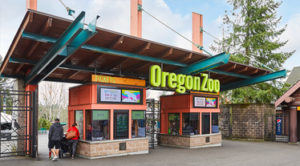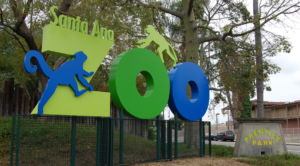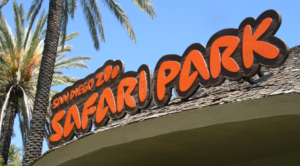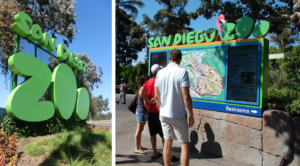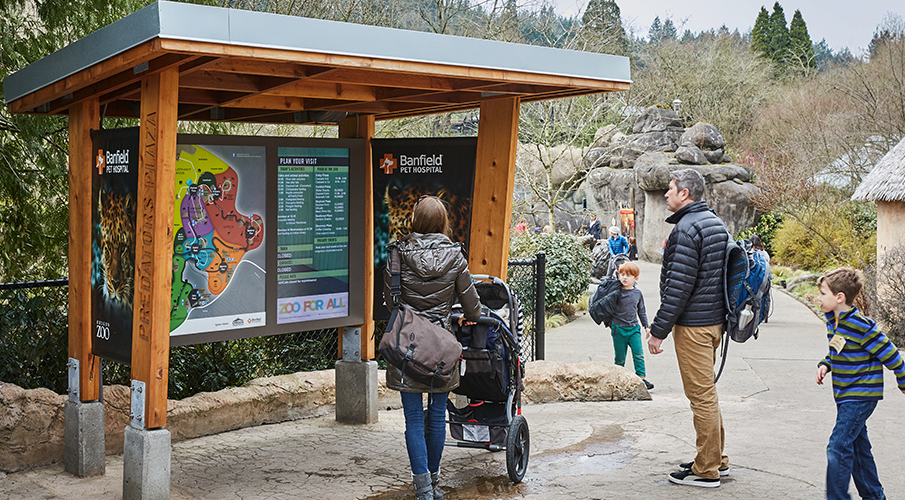
Great zoos have great wayfinding. Yet zoo environments are often complex and anything but intuitive, lacking good sightlines and predictable architectural cues. Of paramount importance: visitors are there to have fun, not get lost. The need for guests to continually reorient themselves is harmful to the overall guest experience. Well-planned and executed wayfinding helps guests access exhibits and makes for a great a zoo visit and experience.
A zoo visit is comprised of a series of interactions with the facility: vehicular arrival, parking, ticketing/admissions, orientation, day planning, and finally, wayfinding to zones, animals and ancillary destinations such as food and beverage outlets, restrooms and meeting areas.
Once inside, a zoo has numerous visitor choices — perhaps more than any destination environment. With upwards of 500 animals on display and organized in a wide variety of thematic zones, areas and categories, sorting through the many options, zones and animals upon arrival can be a daunting proposition. Providing an engaging ʻplan you dayʼ display including a large easy-to use site map can add much to the visitor experience.
Each experience, or interaction, is facilitated with posted information in the form of signs and other graphic media. Together, when coordinated in design, wording and placement, these many signs and maps comprise the zooʼs wayfinding program. Zoo maps should be designed with simplicity and maximum clarity, often using diagrammatic enhancement or ʻartistic licenseʼ to improve usability. Paper maps should match posted versions. Todayʼs solutions often include digital signs, mobile apps, touch screen and even GPS.
In addition to Hunt Designʼs substantial experience in all of the aspects of zoo and aquarium environment wayfinding program design — the technical issues of sign planning, design, facility interface and documentation — we are known for our ability to discover and exploit the often-invisible spatial logic in many zoo environments. We call this part of the design process Wayfinding Strategy – how zoo visitors can quickly come to understand and effortlessly use the place. We go beyond form, color, font and physical design to create communication interventions that often include names, nomenclature, numbering systems, sequence, zoning, theme design and non-signage tools that connect visitor needs with challenging environments.
Our services for zoos and aquariums include
- Evaluation of existing signage
- Wayfinding strategy
- Signage programs
- Maps and directories
- Zone and area names and numbering
- Thematic graphics
- Retail and food/beverage signage
- Master plan team participation
Representative Projects
Crean Family Farm at the Santa Ana Zoo
Los Angeles Zoo Playpark
San Diego Zoo
San Diego Zoo Safari Park
Santa Ana Zoo
Columbus Zoo
Idaho Falls Zoo at Tautphaus Park
New Jersey Aquarium
Oregon Zoo


